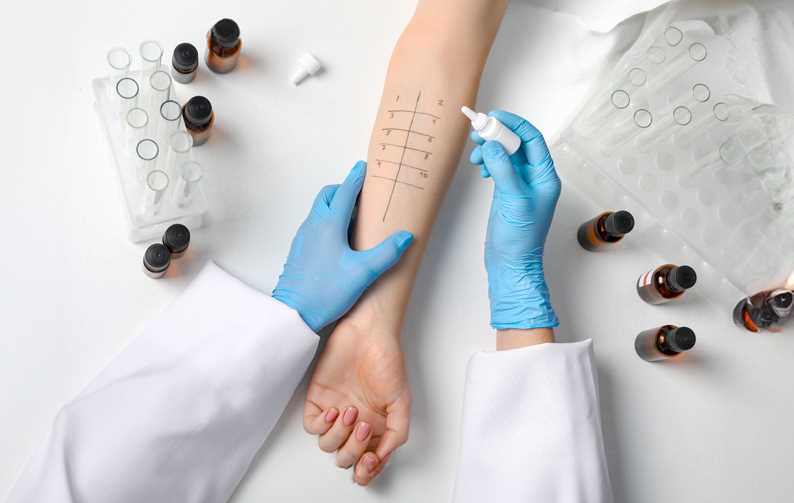Intimate care
Products tested and proved for consumer health

The care of female and male intimate areas involves a series of products aimed at health and hygiene, as well as specialized treatments for gynecological and urological conditions. In this process, the products and treatments are constantly submitted to strict testing to assure its safety and efficacy, besides its compliance with regulatory legislation in force.
This article addresses the importance of this care, highlighting the main types of products and methodologies of safety studies in use, besides the implications for the genital health of consumers.
Intimate Care Products and Its Challenges
The intimate care category includes a variety of products such as: intimate soaps, wet wipes, lubricating gels, and douches. These products are widely used for intimate hygiene and specific treatments of genital conditions of the female and male public. However, despite their popularity, some studies point to risks associated with the inappropriate use of these products, especially products with ingredients that can alter the microbiome of the vaginal flora and/or cause irritation in the mucous membranes of the genital region.
Among the most discussed approaches, the use of vaginal douches and intimate sprays is especially controversial. These products can alter the natural balance of vaginal pH and the microbiome, predisposing women to infections, such as bacterial vaginosis and urinary tract infections, among a series of other imbalances of the intimate flora and its natural pH. The American College of Obstetricians and Gynecologists (ACOG) recommends avoiding the indiscriminate use of intimate area products that are not specifically formulated to maintain the physiological balance of this region.
Efficacy and safety tests
To ensure that intimate products are safe and effective, they are subjected to several types of evaluations, including:
1. Skin Irritation and Sensitivity Tests: assess the absence of the potential of the products to cause irritation or sensitization in the skin of the vulva, vagina or perineal region. Inappropriate products can cause dermatitis or exacerbate conditions such as vulvodynia, in addition to several other complications when the balance of the intimate flora is altered. The use of hypoallergenic and pH-balanced products is encouraged to ensure product safety.
2. Microbiological Tests: analyze the impact of the products on the vaginal microbiome, confirming that the natural bacterial flora of the region has not changed. Maintaining a healthy microbiome is fundamental for infection prevention.
3. Functional Efficacy Tests: verify that the products meet the objectives they propose, such as reducing odors or promoting a feeling of freshness, without harming genital health and not unbalancing the pH of the region. .
Gynecological and urologic products: Special considerations
In addition to intimate hygiene products, the market offers specific treatments for urological and gynecological issues. The field of cosmetic gynecology, for example, has grown with procedures ranging from vaginal rejuvenation to functional treatments such as urinary incontinence correction.
Procedures such as vaginal rejuvenation and the use of laser have gained popularity and must be performed under strict medical supervision. These treatments can bring benefits, such as improved quality of life and sexual function, especially in cases of menopause or postpartum, but they can also present risks that need to be managed properly.
The correct formulation and use of intimate care products are essential for maintaining gynecological and urological health. The choice of products that respect the microbiome and the natural pH of the intimate areas, combined with medical monitoring and rigorous tests of efficacy and safety, is essential to prevent complications and ensure the integral health of users. Scientific tests increasingly aim to support a product that is safe to use and are crucial to prove that these products deliver on their promises without compromising the genital health of their consumers.


























































